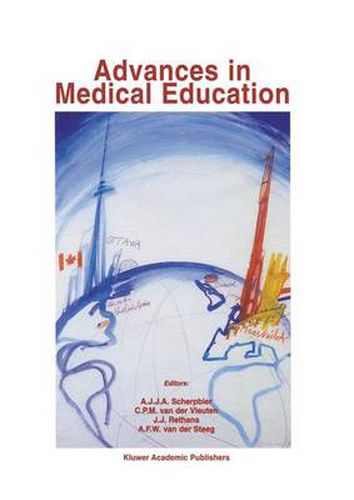Readings Newsletter
Become a Readings Member to make your shopping experience even easier.
Sign in or sign up for free!
You’re not far away from qualifying for FREE standard shipping within Australia
You’ve qualified for FREE standard shipping within Australia
The cart is loading…






This title is printed to order. This book may have been self-published. If so, we cannot guarantee the quality of the content. In the main most books will have gone through the editing process however some may not. We therefore suggest that you be aware of this before ordering this book. If in doubt check either the author or publisher’s details as we are unable to accept any returns unless they are faulty. Please contact us if you have any questions.
The nature and diversity of presentations at the second International Conference on Insect Neurochemistry and Neurophysiology (ICINN–86) held at the University of Maryland on August 4-6. 1986, attest to the vital ity and broad scope of research in insect neuroscience. The present vol ume is a written account of the invited lectures, contributed papers, and posters presented at the conference, and as such, serves as a fair indica tor of the trends in current research in this field here and abroad. The principal portion of this book consists of seven review papers that were presented by invited speakers. Although the topics vary wide ly, they reflect on and emphasize the main theme of the conference, i. e. , the nature and function of molecular messengers that communicate be meen the central nervous system and organs or tissues involved in the growth, development, reproduction, and behavior of insects. This empha sis is continued in the following three sections on neurochemistry, neuro physiology, and neuroanatomy, although no conscious effort was made by the organizers to highlight these particular fields of neuroscience. It is evident that the recent advances in both physical and chemical analyti cal techniques have made possible the acquisition of structurally defined probes, the long sought-after tools for unraveling the secrets of endogen ous communication. Each section of short papers derived from the oral and poster presentations at the conference is prefaced by an overview that highlights and summarizes the section’s content.
$9.00 standard shipping within Australia
FREE standard shipping within Australia for orders over $100.00
Express & International shipping calculated at checkout
This title is printed to order. This book may have been self-published. If so, we cannot guarantee the quality of the content. In the main most books will have gone through the editing process however some may not. We therefore suggest that you be aware of this before ordering this book. If in doubt check either the author or publisher’s details as we are unable to accept any returns unless they are faulty. Please contact us if you have any questions.
The nature and diversity of presentations at the second International Conference on Insect Neurochemistry and Neurophysiology (ICINN–86) held at the University of Maryland on August 4-6. 1986, attest to the vital ity and broad scope of research in insect neuroscience. The present vol ume is a written account of the invited lectures, contributed papers, and posters presented at the conference, and as such, serves as a fair indica tor of the trends in current research in this field here and abroad. The principal portion of this book consists of seven review papers that were presented by invited speakers. Although the topics vary wide ly, they reflect on and emphasize the main theme of the conference, i. e. , the nature and function of molecular messengers that communicate be meen the central nervous system and organs or tissues involved in the growth, development, reproduction, and behavior of insects. This empha sis is continued in the following three sections on neurochemistry, neuro physiology, and neuroanatomy, although no conscious effort was made by the organizers to highlight these particular fields of neuroscience. It is evident that the recent advances in both physical and chemical analyti cal techniques have made possible the acquisition of structurally defined probes, the long sought-after tools for unraveling the secrets of endogen ous communication. Each section of short papers derived from the oral and poster presentations at the conference is prefaced by an overview that highlights and summarizes the section’s content.